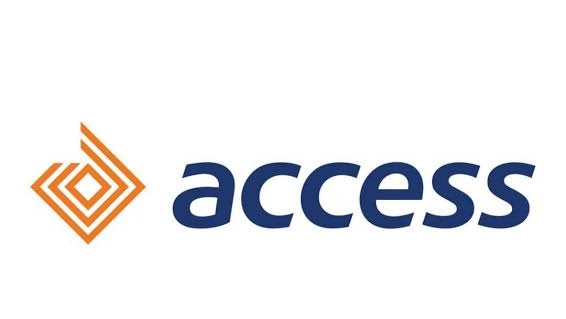- Search for topics or project materials by department. 2015/2016 Research Work 46 ARCHITECTURE 12 Accounting 158 Agriculture & Farming 21 Arts and Crafts 25 BIOCHEMISTRY 30 Bank & Finance 45 Biology 1 Business Administration 162 CHEMICAL ENGINEERING 18 Career People 18 Computer Science 0 Computer Science 244 Computer Science E-books 0 ECONOMICS 117 EDUCATION 78 ELECTRICAL ELECTRONICS 88 ENGLISH 14 ESTATE MANAGEMENT 16 Electrical Electronics 0 Food 19 Forum 0 General Topics 4 HOSPITALITY & TOURISM 123 Import & Export 10 Land Survey & Geoinformatics 68 Law 7 MARKETING 37 Marketing & Advertising 11 Mass communication 155 Masters and Doctorate 118 Mechanical Engineering books 0 Media & Publishing 6 Medical Science E-books 0 Micro Biology 4 Micro Biology 8 OTHERS 0 Oil & Gas 11 Online & Internet 36 POLITICAL SCIENCE 0 Program / Source Code 0 Programming E-books 0 Public Administration 25 Real Estate 20 Religious E-boooks 0 Retail 20 STATISTICS 17 Science Laboratory 0 Science laboratory 56 Sermons & Prophecies Ebook 0 Services 19 Small Scale Manufacturing 21 System Applications 0 Technology 30
EXAMINATION VERIFICATION SYSTEM USING BIOMETRIC (A CASE STUDY OF WAEC)
EXAMINATION VERIFICATION SYSTEM USING BIOMETRIC A CASE STUDY OF WAECABSTRACT
My research Project is to develop fingerprint biometrics systems that assist in the elimination of examination impersonation. Up till now, the WAEC examination board WAEC is not using fingerprint as mode of identification, this has resulted in people sitting for WAEC examinations for others who collect the result at the end. With the adoption of fingerprint, this will be eliminated as fingerprint; this will be eliminated as fingerprint identification will also be employed during collection of results and certificates. This target can be mainly decomposed into image preprocessing, feature extraction and feature match. For each subtask, some classical and uptodate methods in literatures are analyzed. Based on the analysis, an integrated solution for fingerprint recognition is developed for demonstration. My demonstration program is coded using visual studio for the program, some optimization at coding level and algorithm level are proposed to improve the performance of my fingerprint recognition system. These performance enhancements are shown by experiments conducted upon a variety of fingerprint images. Also, the experiments illustrate the key issues of fingerprint recognition that are consistent with what the available literatures say. Main objective is to eliminate any form impersonation during exam by employing a more secured means of fingerprint biometrics.
CHAPTER ONE
1.0 INTRODUCTION
Formal examination can rightly be defined as the assessment of a persons
Performance, when confronted with a series of questions, problems, or tasks set him, in order to ascertain the amount of knowledge that he has acquired, the extent to which he is able to utilize it, or the quality and effectiveness of the skills he has developed.
The Jesuits introduced written examination into their schools in the 16th century. The Definitive Ratio Argue Institution Studiorum of 1599, which was not revised until 1932, contains a code of rules for the conduct of school examinations, which were held annually, and determined whether or not children were promoted to a higher class. During the 19th century, formal written examinations became regular in universities, schools, and other educational institutions. Examinations were also increasingly employed for the selection of recruits to the civil service, and the professions, and to posts in industry and commence. Over the ages, standardized testing has been the most common methodology, yet the validity and credibility of the expanded range of contemporary assessment techniques have been called into question.
View Related Projects
DESIGN AND IMPLEMENTATION OF STUDENT’S TRANSCRIPT GENERATING SOFTWARE (A CASE STUDY OF I.M.T)
ABSTRACTThis study was carried out to verify al the manual processes involved in generating students transcript and...
Continue readingDESIGN AND IMPLEMENTATION OF NETWORK CONNECTIVITY AND TRAFFIC CONTROL OF MTN NETWORK IN NIGERIA.
1.0 INTRODUCTION1.1 BACK...
Continue readingDESIGN AND IMPLEMENTATION OF ONLINE – EXAMINATION HOSTING SYSTEM
ABSTRACTOnline examination systems are being used by an everincreasing number of institutions to help reduce time def...
Continue reading

